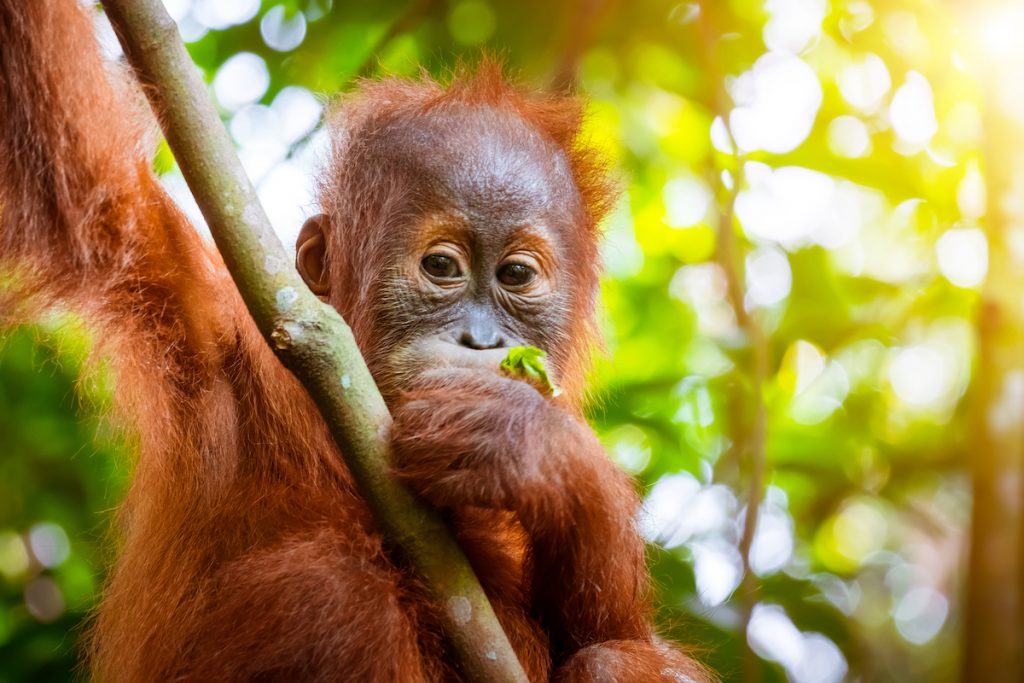I built a bee hotel last weekend. A small flower meadow will also be planted in the old carp pond to help out the poor bees. Most people have realized that we need to care for bees, but to be honest – do we understand why, and why there is such a huge demand for focus on biodiversity in general right now? And if we don’t know, why is that?
In October 2010, the world agreed on a strategic plan for biodiversity. It’s eleven years ago and the targets were to be reached by 2020. The UN summit was held in Nagoya, located in Aichi Prefecture in Japan. Hence, the 20 agreed targets are called the Aichi targets for biodiversity. Do you know them and how we are progressing?
The structure of the Aichi targets is similar to those of the 2030 Agenda. There are 20 Aichi targets broken down into 60 sub-targets. A recent report from WWF and the Naturskyddsföreningen shows that Sweden has not succeeded in achieving a single one of these targets (…) and only four of them have achieved any form of success.
Why don’t we know the Ichi-targets?
Our progress is not very impressive to say the least and I can not help but contemplating on the reason behind. Could the reason for our poor progress simply be that we do not know them and what they are about?
Absolutely, we know that animals are being pushed away from their habitats at the same rate as we are expanding ours, we hear about invasive species, that the rain forests are burning, that plastic is taking over the oceans and that mass fishing and acidification are destroying even more, but why do we have such a vague awareness of the rescue plan?
I think the answer lies in communication, or the lack thereof, and that the framework is so much more complicated to use than the 2030 Agenda. Aichi goal number one reads: By 2020, at the latest, people are aware of the values of biodiversity and the steps they can take to conserve and use it sustainably. We can just agree that we are far from reaching that target.
A bunch of bee hotels and the occasional flower meadow will not do the job, everyone understands that, but we do what we can in our uncertainty, right? The finesse of the 2030 Agenda is that it’s so easy to use, there are easily accessible guidelines for how to use it and how to link the targets to your business goals. Thus, the framework is used. And with communication comes awareness, knowledge and progress.
Making it complex will not increase progress
What would have been a better picture for this post than the 20 Aichi targets – yes, there are icons for them. But forget it. In order to be allowed to use them at all, you need to read through a densely written document and then sign a contract. There are lots of opportunities to make mistakes, so you really have to be motivated to even start thinking about using them. It might not be too strange that we do not know them and that we don’t know how to contribute to them…
There are a lot of discussions about the UN climate conference COP 26 in Glasgow in November. And that’s great as communication helps driving the climate issue forward, increasing focus, interest and commitment. But why aren’t we talking about the UN summit on biodiversity, COP 15, in October? The meeting will be held in Kunming, China and the ambition is to update the plan with more measurable targets and a clearer connection to Agenda 2030. The interest should be hot.
Can we all help out raising awareness in this burning issue?

